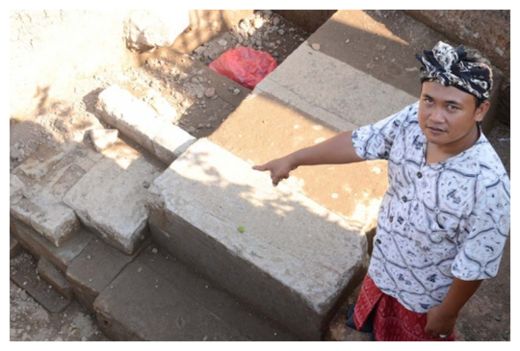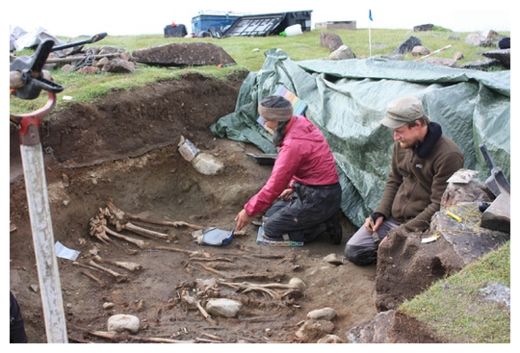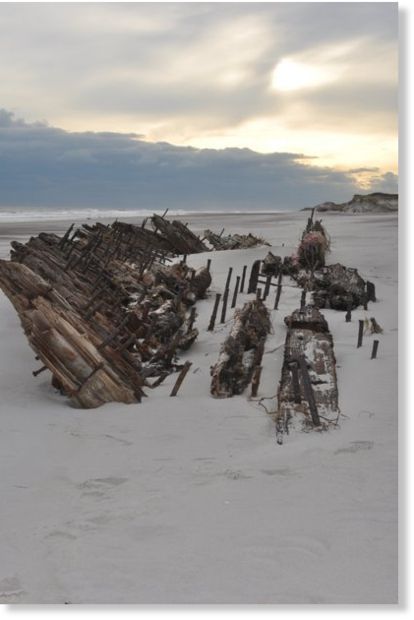OF THE
TIMES
If we think of writing as an observer's record-keeping we might imagine some kind of proto-historian assuming the task of creating these first tablets, yet their content as described above makes it clear that these texts had a purely utilitarian function - they were records for the ruling class. Indeed, the creation of writing was likely one of the necessary conditions that facilitated the development and expansion of ownership.These were among the first attempts by our human ancestors to try to make a permanent record of their surroundings. What we're doing now - my writing and your reading - is a direct continuation.
But there are glimpses of their lives to suggest that these were tough times. It wasn't so much a land of milk and honey, but porridge and weak beer.
Even without knowing all the symbols, Dr [Jacob] Dahl [director of the Ancient World Research Cluster at Oxford University] says it's possible to work out the context of many of the messages on these tablets.
The numbering system is also understood, making it possible to see that much of this information is about accounts of the ownership and yields from land and people. They are about property and status, not poetry.
This was a simple agricultural society, with a ruling household. Below them was a tier of powerful middle-ranking figures and further below were the majority of workers, who were treated like "cattle with names".
Their rulers have titles or names which reflect this status - the equivalent of being called "Mr One Hundred", he says - to show the number of people below him.
It's possible to work out the rations given to these farm labourers.
Dr Dahl says they had a diet of barley, which might have been crushed into a form of porridge, and they drank weak beer.
The amount of food received by these farm workers hovered barely above the starvation level.
However the higher status people might have enjoyed yoghurt, cheese and honey. They also kept goats, sheep and cattle.
For the "upper echelons, life expectancy for some might have been as long as now", he says. For the poor, he says it might have been as low as in today's poorest countries.




